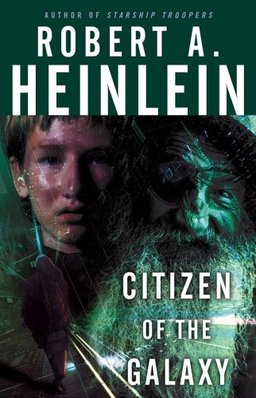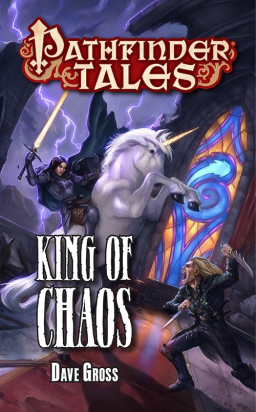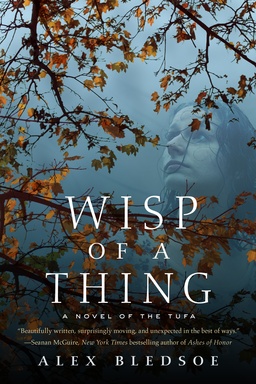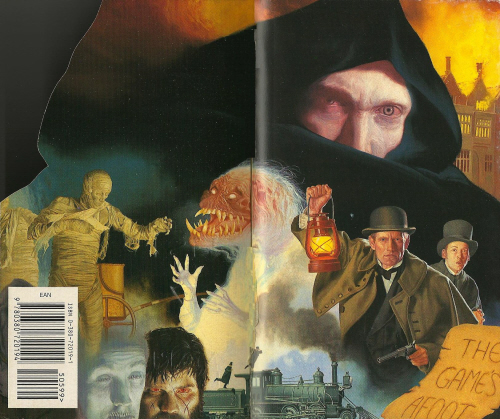“A Sudden Entrance is a Good Way to Break Up Exposition”
 Or so said Walter Jon Williams as he rushed, late, into the World Con panel I was telling you about last week. And he’s right, breaking up an extended piece of exposition with bits of action (or dialogue) is a great way to handle it. Besides, we’ve already cut the exposition down to the necessary, right? We’re not just putting stuff in to let the reader know how much research we did. I mean, I love swords and I’ve watched them being made, but you’re never going to learn how to make one from one of my books.
Or so said Walter Jon Williams as he rushed, late, into the World Con panel I was telling you about last week. And he’s right, breaking up an extended piece of exposition with bits of action (or dialogue) is a great way to handle it. Besides, we’ve already cut the exposition down to the necessary, right? We’re not just putting stuff in to let the reader know how much research we did. I mean, I love swords and I’ve watched them being made, but you’re never going to learn how to make one from one of my books.
We’ve talked about using first person and that might be the easiest way to make exposition interesting for your readers, but plenty of writers – like Jack McDevitt – never use it, so what do they do instead? Whichever narrator you use, make the voice interesting and, perhaps most important, interested. If the information is vital to your character, it’ll be vital to the readers. This is why the stranger-in-a-strange-land trope works: the readers learn at the same time and pace that the character does. We take it all in.
Internal monologue, though, doesn’t work as well as you might think. Whenever my beta readers tell me that things feel a bit flat in a particular part, it’s almost always because I’ve got my characters mulling something over. That’s just about the worst way to show the readers character, and not so hot for other things either. Need the readers to know that slavery exists and that the main character might be in danger of same? Include a scene that shows it; don’t just have the character think about it.









